I acquired another moth trap to go alongside my old second-hand, home-made Robinson with the 40W actinic UV fluorescent U-tube, the portable 20W UV fluorescent Heath, the LepiLED, and, of course, the pheromone trap for the Emperor moth and the clearwings.
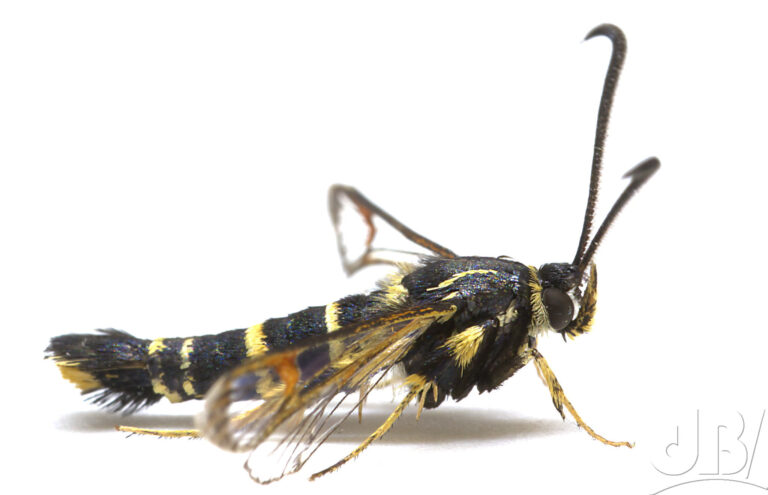
I crammed it with the usual stock of roosting options for the moths, a load of empty cardboard egg cartons, and lit up.
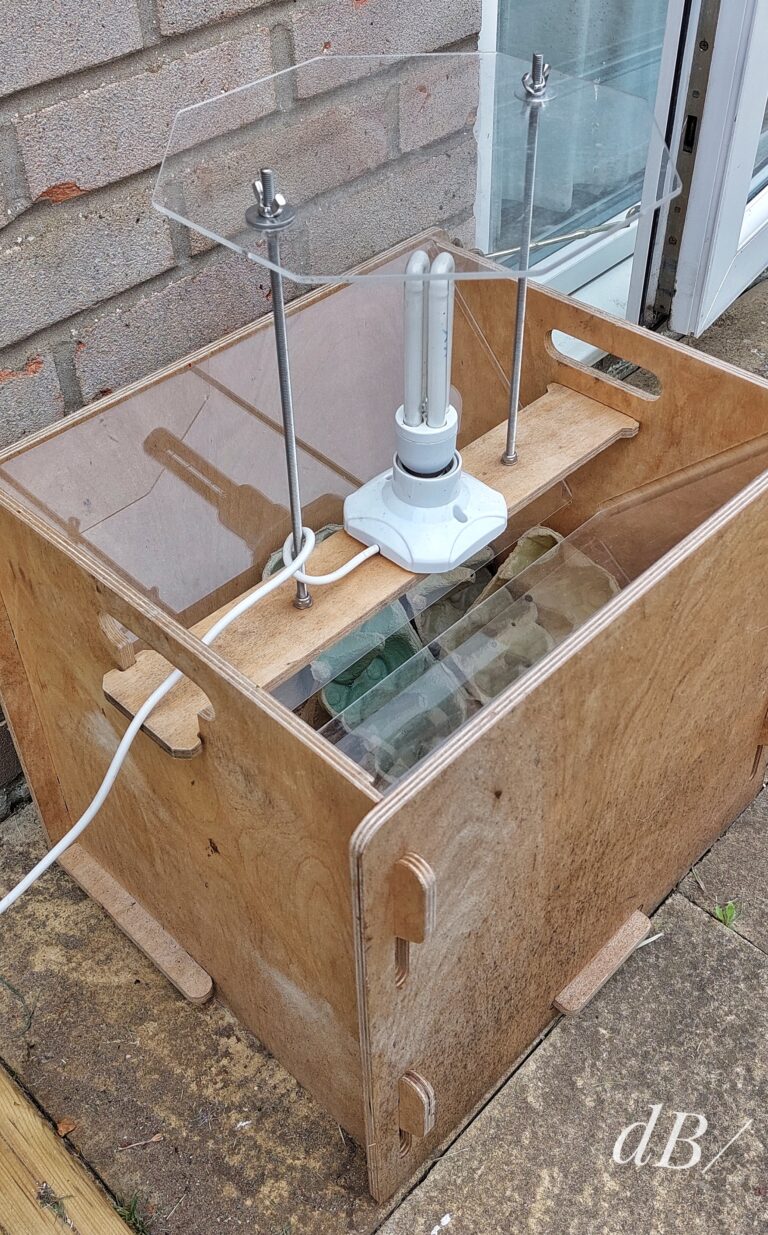
It was 11 Celsius last night, a degree cooler than a recent lighting-up session, but the new trap brought a fairly good haul, 28 moths of 18 species, with several new for the year (NFY), although no new for me or new for the garden (NFM or NFG). These are the highest numbers of the year so far, although the good numbers on nights of a similar temperature recently have not been far short.
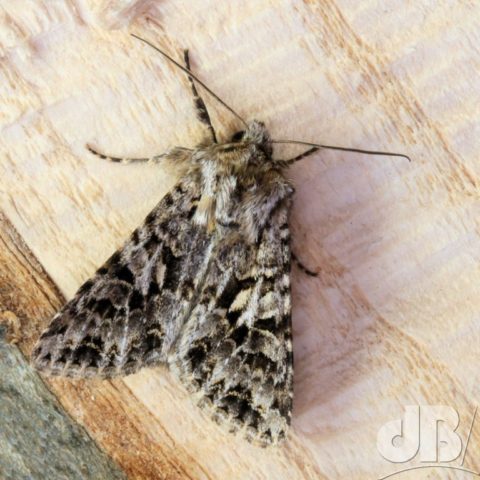
The Skinner trap is basically a box with slots in which two Perspex sheets are slid to form a groove with a narrow gap. A UV light is held above. Moths (and a few other nocturnal insects) are attracted by the light and with luck fall through the slot and on to the pile of egg cartons where they settle for the night. In the morning, preferably before dawn when insectivorous birds awaken, the diligent mother-er will check the contents of the trap. Not species and number, perhaps take photos, and then later in the day release the moths safely, off-site into the new dusk. Records are shared with one’s County Moth Recorder (CMR) for scientific purposes.
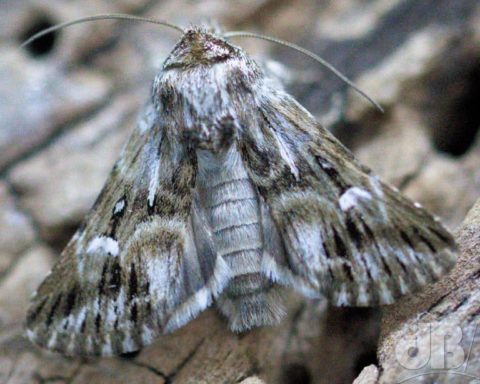
The Heath and the Robinson traps are similar, but have a funnel instead of a slot, which purportedly leads to fewer escapees. The Heath is usually small collapsible, and so more portable than a Robinson.
This is the quite diverse list from last night’s haul, one each of each moth unless otherwise stated: Bee Moth, Brimstone, Celypha striana NFY, Common Pug, Garden Rose Tortrix NFY, Heart & Dart 4, Large Nutmeg, Light Brown Apple Moth, Light Arches NFY, Light Brocade 2, Light Emerald 1, Minor agg 2, Shuttle-shaped Dart 2(M), The Shears NFY, Toadflax Brocade NFY, Vine’s Rustic 3, White Point 3, Willow Beauty 1.
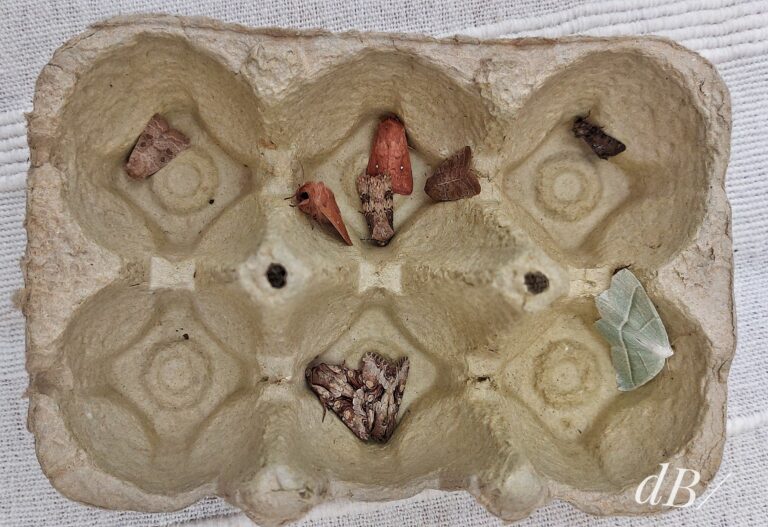
There are some who argue that this hobby, albeit a scientific one, is somehow cruel. That we are depriving creatures that live only a short life of one night of their season. And, that we should leave them to themselves. Well, far more cruel is the wanton destruction of the habitats in which these creatures live and the often shameless use of pesticides.
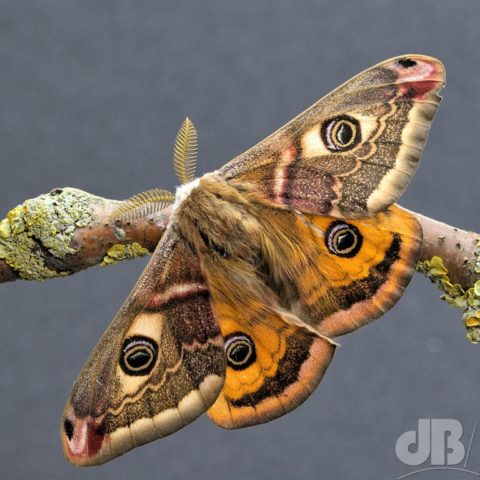
However, without people monitoring species, keeping records, collating them, and studying the trends, we would not have a clue as to what we need to protect from the destruction, and how we might do that. We know from these mothing records that many species have declined considerably over the last half century or more. But, we also know that some species once thought extinct have thankfully risen from the scorched fields to grace our gardens and other habitats again. We also now know more about how some moths migrate and where from. In addition, we also know, often from the pheromone trapping, that some moths, the clearwings and various micro moths, once thought absent in particular areas are present there after all and perhaps more widespread than we ever imagined.
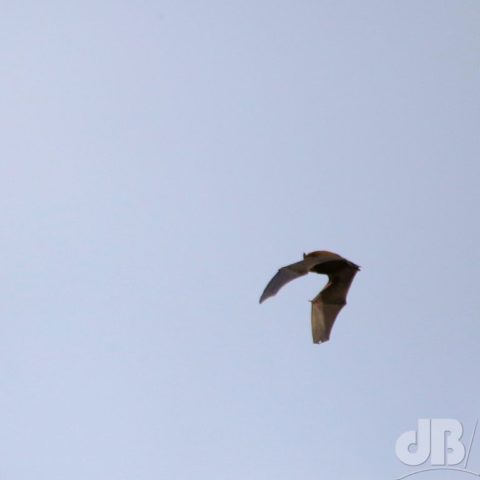
Oh, and one more thing. A bat will consume 300 or so flying insects every night, so the impact of even the most efficient and effective moth trap in the garden is negligible in comparison. Indeed, one might say, they are saved from predation if they find those egg cartons before the bats find them!